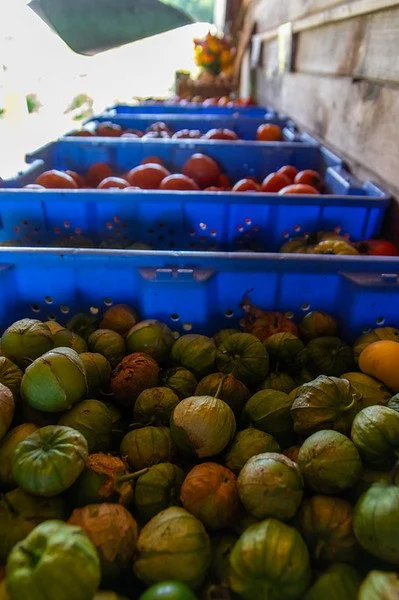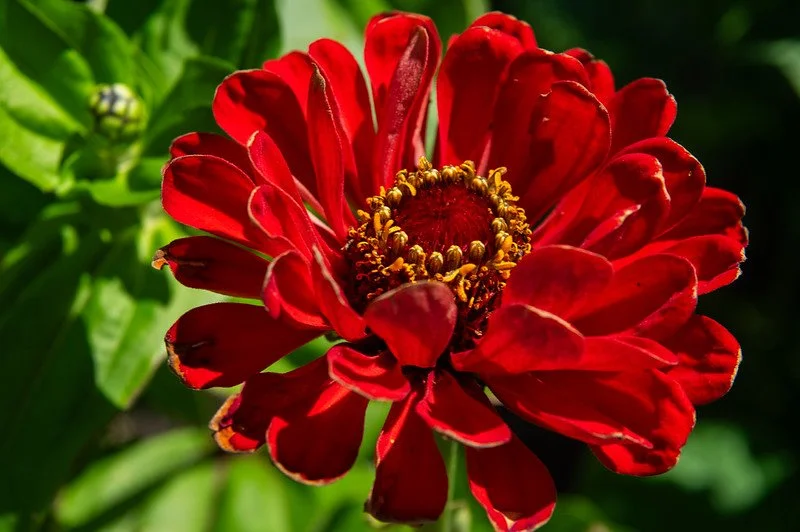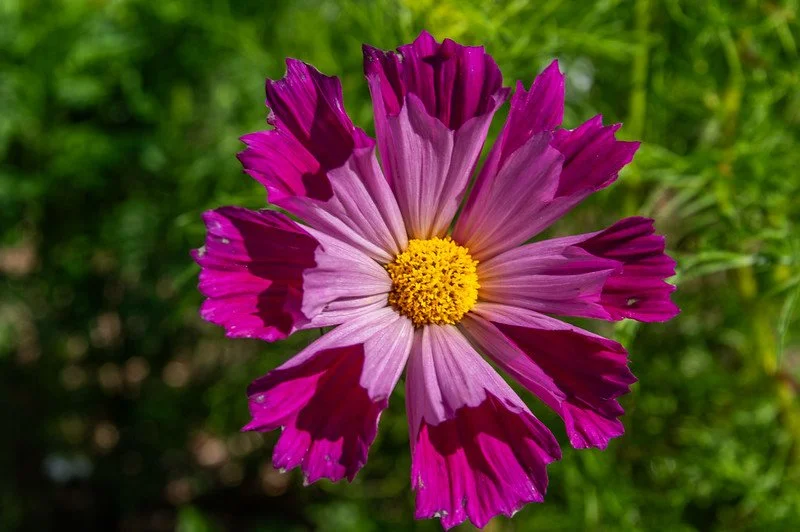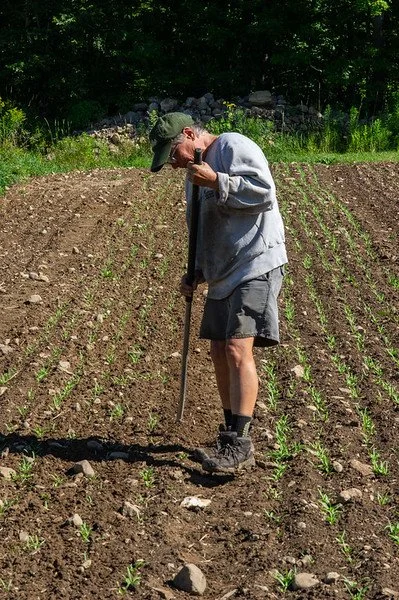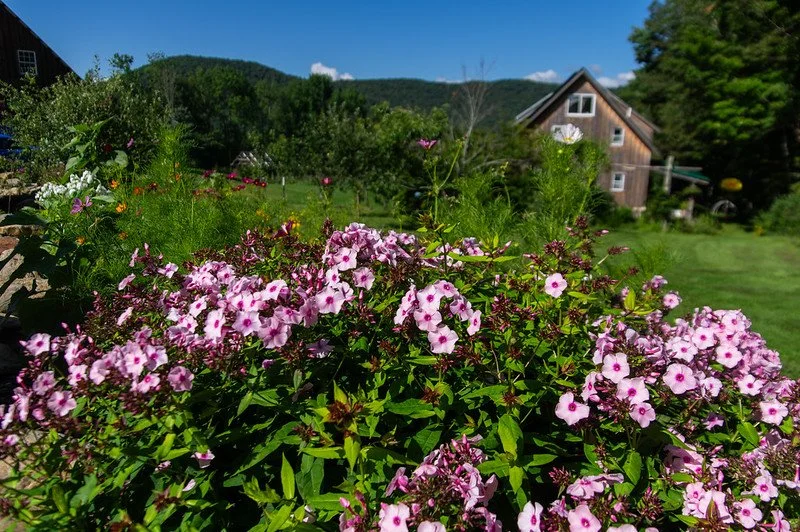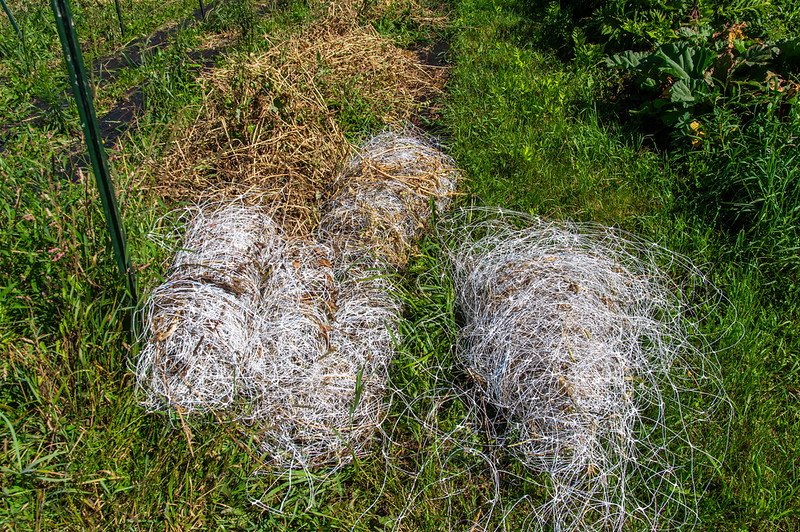10th Week of the Summer CSA season: Week of August 8th
I often think about how little I know about flowers: growing flowers, picking flowers, making bouquets…. and then I see gorgeous bouquets like this and I am reminded, that the flowers know everything that needs to be known, and they do the heavy lifting of making a gorgeous bouquet,photo by Adam Ford
CSA Balance Due
If you haven’t already paid, your balance is due. You can pay online through your account (with a card or e-check ACH payment), mail a check to Evening Song Farm 48 Nice Road, Cuttingsville VT 05738, leave a check or cash in the CSA cash box at the barn, send money with Venmo @eveningsongcsa, or use EBT. It’s very cool to pay in smaller chunks, just let us know what your payment plan is.
tasty low acid orange tomatoes, photo by Adam Ford
paste varieties are starting to ripen, photo by Adam Ford
This Week’s Availability
This week we will have yellow beets, red beets, parsley, garlic scapes, caraflex cabbage, mini green cabbage, carrots, scallions, baby lettuce, green curly kale bunches, lacinato kale bunches, slicing cucumbers, Japanese slicing cucumbers, pickling cucumbers, zucchini, yellow summer squash, purple kohlrabi, fennel, celery, garlic, basil, Asian eggplant, Italian eggplant, tomatillos, green tomatoes, fresh sweet onion bunches, new potatoes, and heirloom tomatoes.
Vegetable Notes:
Are Asian eggplant varieties new to you? Give them a shot, they are delicious. The skin is thin, so you don’t need to peel them. And they don’t tend to have the bitterness that can be associated with some of the Italian varieties. They are delightfully creamy on the inside when they are cooked. When they are in season we slice them into thin chunks, toss with olive oil and salt, roast them slow and long, and eat them with most meals as a side dish.
This year we grew 6 different varieties of eggplant because we were determined to finally successfully grow eggplant. (If you have been with us for awhile, you may know that has been one of the elusive tricksters of our vegetable production.) Seems like they all did great this year, hooray! BUT, because the jokes don’t stop coming, each variety seems to want to be stored at a different temperature to maintain maximum freshness. So this first week that we harvested them and kept them in cool storage for CSA was some trial and error and observation. It’s possible some of you got some eggplant with some spots on them last week: We cut a few open for our own use to see what those spots did to the inside, and it seems like they were entirely superficial in the skin layer, and didn’t affect the inside or the ability for them to be delicious when cooked. These spots seem to be from being stored too cold before we moved them to our tomato cooler, which is much warmer. We think we will dial in the appropriate cold storage for them this week, but we just wanted you to know what was up if you saw surface spots.
You may have noticed that the onions are small, and didn’t really bulb up. This is a product of the excessive wet weather of later June and July. The alliums are susceptible to disease, so the foliage died back, and without the greens parts of the plants available, the bottom doesn’t size up. They are still delicious, and we use the green parts that haven’t died back, but 2023 isn’t the year of the onion for this farm.
Ordering closes at noon on Tuesdays for Wednesday bags, and at midnight on Wednesdays for Friday bags.
You do not need to fill out the form if you plan to come to the barn on Tuesdays, Wednesdays or Thursdays to pick out your items yourself.
the tomatillos are coming in slowly, (don’t forget to list a substitute preference when you place an order for a delivered bag), photo by Adam Ford
K2 and Vane bunching yellow beets among the weeds…., photo by Adam Ford
Farm News
This week the team did lots of rescue weeding jobs as well as lots of mulching. Large sections of our fields feel really good and under control now after all that work. This team rocks.
In the beggning of the summer season I had been using the newsletter to share information about the climate cohort I am participating in, and wrote about the research consolidated by Action Circles about the current public narratives around farms and climate change, and the first two new message frames they created to get new narratives about farming as climate work into the world. (Check out the 2nd, 3rd, and 4th weeks of the summer season newsletters if you haven’t read those first few message frames and want to.) This week I will cover another new message frame. (The message frame is in bold, the unbolded words are their explanation for that message frame, and the italics are my own thoughts.)
Healthy soil creates nutritious food and climate resilience.
You can’t feed people healthy food without building healthy soil.
This is certainly a belief I hold, but I’m not holding a stack of synthesized science experiments to prove that healthy soil producers healthier food, so for now I will call this point an opinion that seems pretty true to me. It seems pretty basic though… if there aren’t nutrients in the soil, then there’s nothing nutritious for the plant material to pass along to eaters.
Healthy soil is a public good, and our public money should be invested in ecological systems that build soil health.
Just like fresh water for drinking, we need topsoil to grow the food we eat. It surprises me that we haven’t invested the same level of legislative protections and programs for healthy soil maintenance like we have for water resources. (There are important places in our complicated food system for hydroponic, aquaponic, and lab-produced food sources, but each of those are a lengthy topic of their own that I will table for now. And they are only necessary parts of our food system because we have squandered the essential resource of healthy soil to produce the food we need to feed everyone.) The Clean Water Act in 1972 literally solved toxic rivers on fire… imagine waht we could accomplish with a Clean Topsoil Act of 2024!
Investments we make in the food system should serve natural systems instead of corporate systems.
Unfortunately, our federal food policy for decades has funneled financial subsidies to the consolidated, extractive corporate agriculture, and it has only exacerbated food insecurity, soil degradation, water pollution, air pollution, animal welfare concerns, low wages for farm workers, and high food prices for consumers. If we are using our collective federal dollars to prop up the food system, don’t we want to see the opposite results? The earth is actuall quite magnificent at producing food, building soil, cycling water, etc, so if our resrouces were invested in protecting those natural systems, the idea is that protecting natural systems would lead to a healthier food system for the earth and for all of us.
Farmer stewardship is rooted in a reciprocal relationship with the land - the soil feeds farmers and their consumers while the farmers feed the soil, creating a healthy system for both people and planet.
Preserving or degrading soil can happen so incredibly quickly. In our earlier years of farming, we kind of took for granted how much of an impact our attentive stewardship or careless mismanagement could change the soil in just one season, let alone a human lifetime. These days, I often feel like we are actually soil farmers, and the vegetables are a by-product of our soil care. We feel like in our few short years on this hillside, we are seeing that shift in priorities: even in the particularly difficult growing season of 2023 (and even though we lost more crops that we wanted a few weeks ago to all that soil saturation), we are overall impressed at the soil structure and fertility that is providing some of the best harvests of certain crops that we have ever had. Also, healthy soils capture and store carbon, and anything that can store carbon these days is essential.
Soil knows best; responsible or successful farmers have learned how to listen.
It’s true that observing, feeling, smelling, testing, and just being with the soil can teach us so much and dictate our managment practices. How cool that we have one of our best teachers right under foot everywhere we walk around here.
There are just two message frames after this... and it’s been really invigorating to participate in this climate change messaging cohort this season.
Have a great week.
-ESF Team: Ryan, Kara, Molly, Cindy, Galen, Katie, K2, Taylor, Vanessa, and Bryan (and Sky and Soraya)
Weekly Recipe
We harvest celery the same way we harvest kale: by taking a stalk or two from the outside of every plant and bunching them… this is different than grocery store celery, and it allows us to harvest much more from each plant throughout the season as compared to harvesting the full plant, photo by Adam Ford
future scallions recently transplanted, photo by Adam Ford
looking forward to some ripe husk cherries later this month, photo by Adam Ford
Katie and Taylor harvesting celery, photo by Adam Ford
I love the deep green of this celery, photo by Adam Ford
scallions ready to harvest…. after a bit of a break since the last planting was harvested out, we are excited about this batch, photo by Adam Ford
zinnia, photo by Adam Ford
It’ll never get boring to watch bees collecting food, photo by Adam Ford
cosmo, photo by Adam Ford
Anise hyssop in the pick-your-own flower garden, photo by Adam Ford
decorative grass makes a bouquet kind of elegant, photo by Adam Ford
some of the not so giant garlic heads drying, photo by Adam Ford
baby lettuce in a bin, photo by Adam Ford
snack peppers are ripening…. and a label tag from transplanting this spring identifies the type, photo by Adam Ford
cherry tomatoes…. why are you so slow this year?! usually by now we have too many to deal with! photo by Adam Ford
yellow beet, photo by Adam Ford
Cindy hoeing some fall spinach, photo by Adam Ford
one of the many phlox colors in the parking area garden, photo by Adam Ford
pea fence rolled up after taking down all the dead plants and trellis, photo by Adam Ford
melons will ripen later this month, photo by Adam Ford
we started the sweet pepper plants earlier this year, and transplanted them into a tunnel, but we are still waiting for them to ripen, photo by Adam Ford
one of our hanging baskets we haven’t hung up yet… our spring dreams can get away from us, photo by Adam Ford
winter squash and grain corn, photo by Adam Ford
look at all that biomass! photo by Adam Ford
covering fields with tarps where the harvest is finished, photo by Adam Ford
Echo surveying the flowers…. he’s got a good role around here, photo by Adam Ford




